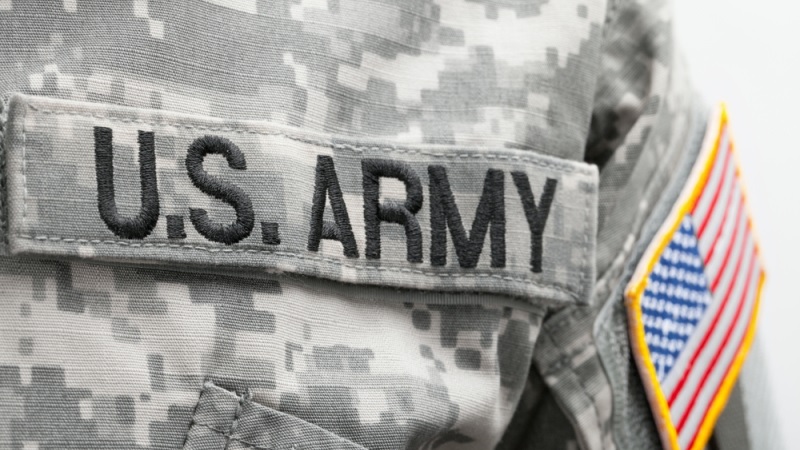
The U.S. Army is embarking on a bold 30-month sprint to overhaul its command and control (C2) systems across all 19 divisions, top Army leaders said today during a Defense News livestream at the Association of the United States Army’s 2025 Annual Meeting.
Lt. Gen. Jeth Rey, deputy chief of staff for the G6, described how the Army replaced 13 disparate C2 systems with a unified ecosystem known as Next Generation Command and Control (NGC2).
“We had tons and tons of disparate C2 systems … So, what we decided to do is look at an ecosystem that could potentially replace that,” Rey said, emphasizing how the service is replacing outdated, siloed platforms with a unified, data-driven ecosystem designed to deliver faster, smarter battlefield decisions.
NGC2 is designed to break down “stovepiped warfighting systems” and provide commanders with integrated data for faster, more effective decision-making. The approach leans heavily on commercial tech advancements in software and communications to enhance speed, agility, lethality, and survivability on the battlefield.
The 4th Infantry Division (4ID) is pioneering the NGC2 prototype through a series of training exercises – dubbed Ivy Stings and Ivy Mass – which gradually introduce NGC2 systems across units. Last month, 4ID completed the first live fire training missions using NGC2 technology, a significant milestone ahead of next summer’s Project Convergence Capstone 6 experiment, where they’ll operate fully without legacy systems.
“This is a super ambitious effort,” Rey said. “If we can put that transport and infrastructure in place … we’re going to be in a really, really good place.”
Beyond battlefield applications, the Army is preparing to expand NGC2’s platform to include logistics and intelligence software, with each new tool evaluated during the Ivy Stings sprints.
Cybersecurity is also a foundational priority for NGC2 from the start.
“We’re keeping cybersecurity on the forefront of everything,” Rey said, noting that the 4ID’s first applications had risks identified and mitigated early in the development process.
Brandon Pugh, principal cyber advisor to the Army, underscored this commitment.
“We burned down everything that we built in the beginning and built a new process and environment to create better security measures across the board,” Pugh said. “That’s what we’ll continue to do.”
As the Army looks to scale NGC2 rapidly, leaders say the lessons learned from 4ID will drive progress, with cybersecurity, infrastructure, and application integration leading the charge.
